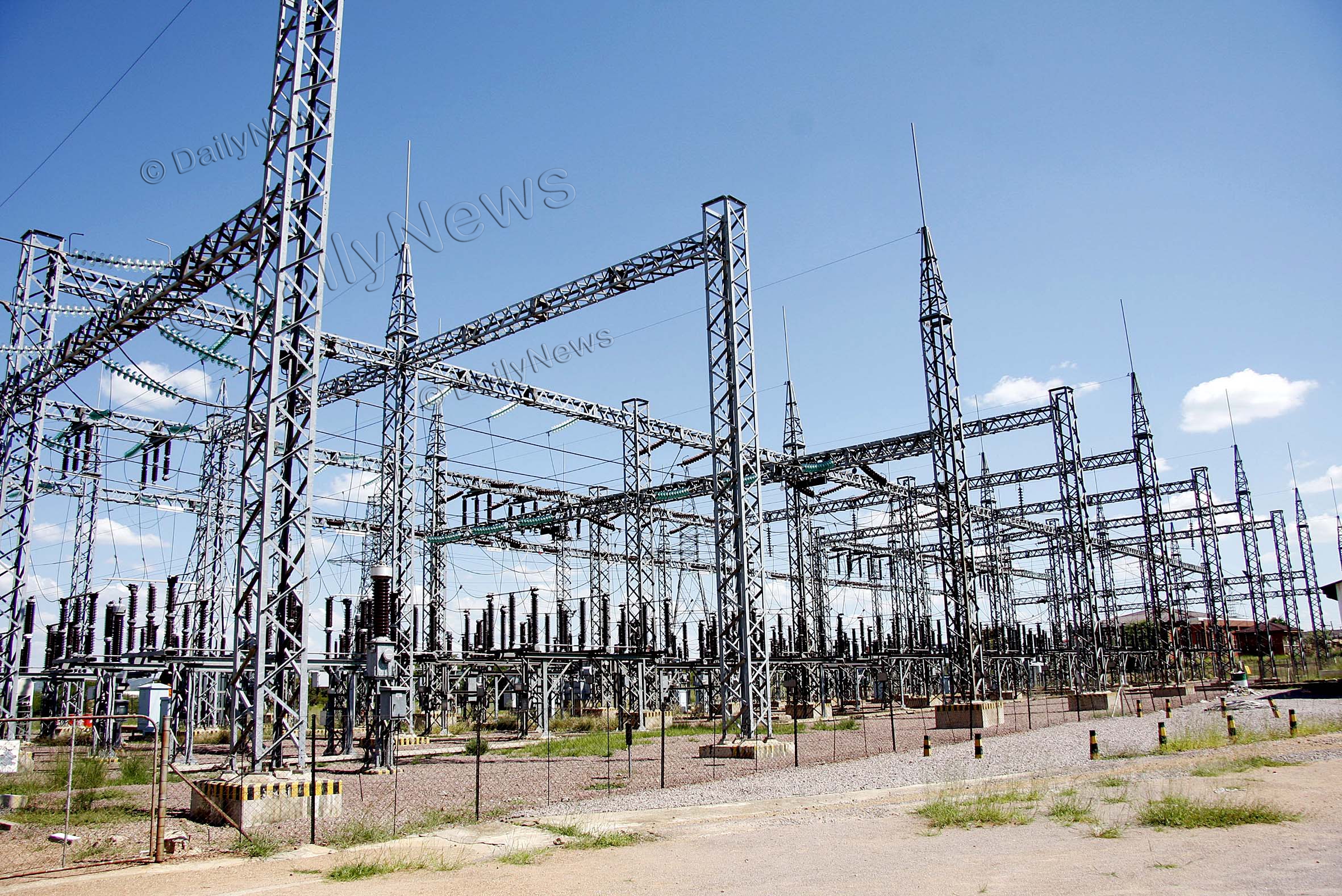IPP contribution to energy mix satisfactory
06 Oct 2024
Botswana’s Integrated Resource Plan (IRP) serves as a roadmap and guidance to achieve a safe, reliable and affordable electricity supply with a target of renewable energy contributing 30 per cent to the energy mix by 2030. Currently its contribution is negligible.
Through the IRP initiative, government aims to diversify sources of electricity generation and enhance energy security by reducing reliance on coal as the primary energy source for electricity.
As such, a new energy mix with diversified sources of energy for sustainability is being developed in line with the country’s IRP.
This ambitious plan also envisions that by 2030, solar, wind and other energy sources such coal-bed methane would account for 30 per cent of the energy mix.
Botswana Power Corporation (BPC) marketing and communications manager, Ms Kefilwe Kebafetotse said in an interview that BPC had embarked on a transformative journey toward renewable energy as part of the Maduo 26 strategy.
The Maduo 26 Strategy among other objectives aims to position BPC as the net exporter of electricity and to be a regional benchmark in the energy sector.
To facilitate this, Ms Kebafetotse said BPC had formed agreements with Independent Power Producers (IPPs) to effectively implement renewable energy initiatives.
This approach, she said, aligned with national legislation that encouraged private sector participation in the energy sector, leading to the emergence of IPPs in Botswana.
Ms Kebafetotse said the involvement of IPPs enhanced the capacity to deliver solar energy projects, which aligned with the government’s National Energy Transition Policy and the broader objectives established at COP 28 in Dubai, aimed at increasing the share of renewable energy in the country’s energy mix.
In that regard, she said BPC had made significant strides in delivering projects for renewable energy sources and promoting citizen participation in the energy sector.
She said completed Solar PV projects included the Bobonong and Shakawe projects, developed through an IPP agreement.
These projects generate three MW and one MW of power respectively, representing a significant milestone in the country’s energy transition journey, said Ms Kebafetotse, adding that such projects were completed in August last year.
As for ongoing projects, Ms Kebafetotse said government, through BPC, was continuing to implement additional renewable energy projects aimed for completion in 2025 and 2026.
“These major projects include Mmadinare Phase One (50MW) which is at construction stage, Mmadinare Phase 2 (50MW), Jwaneng 100MW and eight grid-tied small-scale solar PV projects (26MW), which are all at financing stage,” she said.
The eight grid-tied small-scale solar PV projects have all been awarded to 100 per cent citizen-owned companies in order to promote citizen economic empowerment.
It is envisioned that by February 2026, a total of 230MW will be generated from solar projects, significantly contributing towards meeting and or exceeding national energy demand.
Ms Kebafetotse said projects under procurement included Jwaneng 25MW Battery Energy Storage System (BESS) and Mmadinare 25MW BESS.
As for the Roof Top Solar Programme, she said government allowed domestic consumers to install grid-tied ground or rooftop mounted solar systems with capacities of up to 35kW (residential customers) up to one MW (commercial and industrial customers) for consumption and sale of surplus energy to BPC.
She said as of July 2024, a total of 86 commercial and industrial customers at 1 1176.17kW and 84 Domestic at 775.64kW had been fully commissioned, adding that the total commissioned capacity had exceeded the set threshold of 10MW by 1951.81kW.
Ms Kebafetotse said other BPC Projects targeting Electricity Transmission and Distribution included Transfer of Cross Border Electricity Supply.
“This initiative began in April 2023, with BPC successfully transferring the Kgatleng River villages (Sikwane, Mmathubudukwane, Mabalane, Oliphants Drift, Ramotlabaki) to the local grid, a process completed in March 2024,” she said.
Additionally, Ms Kebafetotse said the Borolong villages were also transitioned to the local grid, which project was finalised in August 2024.
Notably, she said the project to transfer the Tsabong region and Ghanzi (Charleshill region) to the local grid began in 2024 and was scheduled for completion in 2026, mentioning that the Northwest Transmission Grid (Phase One) was completed in 2020, providing electricity to the Maun, Shakawe, and Ghanzi areas.
As for Phase Two project, which began in April 2023 and was expected to be finished by 2027, she said they were focusing on servicing the Kasane and Pandamatenga areas to support agricultural activities and water pumping from the Zambezi.
Notably, she said the Southern Transmission Reinforcement Project, which targeted the Ramotswa Substation, was completed in 2021, while the Mochudi and Tlokweng substations were commissioned in October 2023 and March 2024, respectively.
While the strategy has encountered challenges such as delayed access to capital by IPPs, the integration of solar electricity into the national grid and extended procurement processes, Ms Kebafetotse said BPC had made significant progress in securing bankable power purchase agreements for renewable energy projects with private sector investors that would enhance power generation capacity for BPC to become a net exporter of electricity.
Moreover, she said the corporation aimed to achieve an energy mix consisting of 30 per cent renewable energy by 2030, which will positively contribute to sustainable energy security as well as assist in mitigating climate change. End
Source : BOPA
Author : Marvin Motlhabane
Location : Gaborone
Event : interview
Date : 06 Oct 2024







